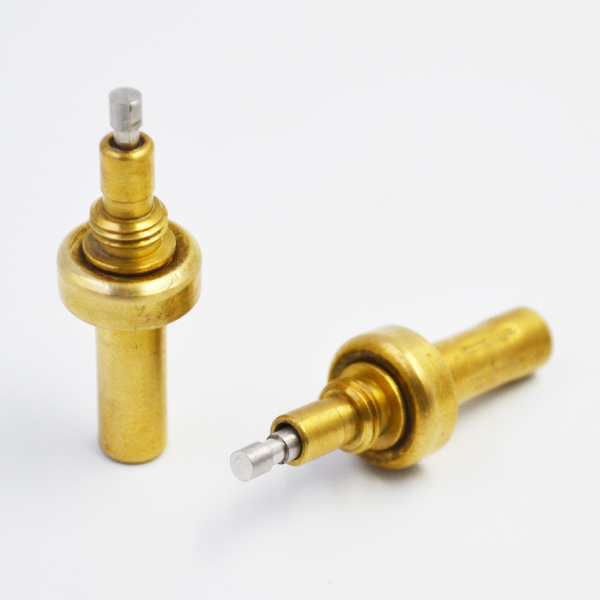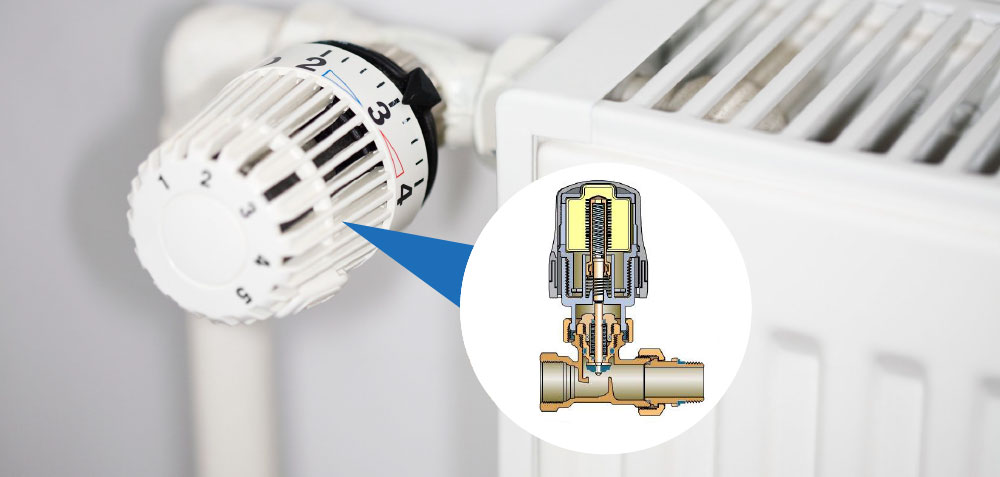Controller Area Network (CAN) is widely used in the automotive industry and is one of the most promising fieldbus. In recent years, CAN technology has been widely used in imported cars and domestic cars, marking a new era of automobile electronic control technology. This paper introduces the characteristics, composition and communication rate setting of controller local area network (CAN) bus. In order to reduce the harness of automotive electrical appliances and ensure the fast and accurate data communication between electronic control units (controllers) of electronic control systems, at present, the technology of Controller Area Network (CAN) has been used in middle and high-grade cars at home and abroad. Controller Area Network (CAN) is the most widely used vehicle LAN.
Its communication protocol (CAN) is a serial communication network supporting distributed control or real-time control. CAN bus allows multiple stations to send at the same time, so it not only guarantees the real-time information processing, but also ensures the reliability of the network system. CAN is composed of central control component CEM, controller local area network bus (CAN bus) and several electronic controllers (ECU). Figure 1 shows the CAN schematic diagram of the power and its transmission system and the body system part ECU. CEM is composed of CAN controller, CAN transceiver and microprocessor CPU.
CEM is not only the control center of vehicle network system, but also the gateway server between high-speed LAN and low-speed LAN. The circuit connection is shown in Figure 2. CAN bus is composed of physical layer and data link layer, in which data link layer defines different information types, arbitration rules for bus access, and ways of error detection and processing. All error detection and processing, information transmission and reception are accomplished by the hardware of CAN controller. Therefore, users need very little software development to build two-line CAN. CAN bus has the following characteristics.
Information is sent according to the priority of information. All nodes connected with the bus can send information, and the node sending information can send information to the receiving node by changing the level of the bus connected. When more than two nodes start to send information at the same time, the node with the highest priority of information gets the right to send, and all other nodes turn to the state of receiving information. The communication rate is high. CAN bus uses two differential lines to transmit data, which can support up to 1Mbps communication rate.
Communication distance is long. The maximum allowable transmission distance between any two nodes on CAN bus is related to its information transmission rate. The communication distance of CAN bus can reach 40 m at 1 Mbps rate and 6700 m at 10 Mbps rate.
Therefore, CAN bus can be used to connect not only the power and transmission system network, but also the body control system network. In vehicular L AN, CAN bus is composed of two CAN-H (CAN-High or CAN ) data lines and CAN-L (CAN-Low or CAN-) data lines. There is a third CAN bus in the CAN of some high-end cars, which is used in satellite navigation system and intelligent communication system.
The controller of power and transmission system is connected by class C high-speed CAN bus, and the data transmission rate can reach 500 kbps, so as to realize high-speed real-time control. The controller of the body control system is connected by class B CAN bus with low data transmission rate of 125 kbps. Each electronic control unit communicates with each other according to the CAN communication protocol, thus completing the exchange of various data.

In CEM, the CAN controller has a CAN interface with two channels (CRX0, CTX0, CRX1) and connects to the high-speed (500 kbps) CAN bus and the low-speed (125 kbps) CAN bus through the CAN transceiver. Each electronic control unit exchanges data with CAN transceiver through CAN bus. The CAN controller determines the bus level according to the potential difference between the two buses. Bus level is divided into dominant level and recessive level. They must be one of them.
The setting of network communication rate of power and transmission system. Controllers of automobile power and transmission system mainly include EEC, ECT, ABS, thermostatic element EMS, ASR, EBD, EBA, DSC and CCS. Because the objects controlled by these systems are directly related to the driving speed of automobiles and synchronized with the engine speed or the driving speed of automobiles, their CANs are generally connected by class C high-speed CAN bus, and the data transmission rate can reach 1 Mbps.
Connecting these controllers to CAN bus can realize high-speed real-time control.

Setting the network communication rate of the body control system. The automobile body control system mainly includes seat position adjustment system SPC, central door lock control system CLC, automatic air conditioning system ACS and roof skylight control system TWC. Because these systems usually transmit data at a low rate, class B bus with a low data transmission rate is adopted in the body control system. Early automotive body control systems were usually connected by bus based on J1850 standard. When CAN bus is used to connect the body control system, a fault-tolerant bus is adopted, that is, the bus has built-in fault-tolerant function. Because the internal CAN bus is composed of two wires (CANH, CANL), and the data is transmitted by double-line serial communication. When one of the two buses is broken or short-connected, the network can be switched to the first line to continue its work. CAN communication protocol requires that data bits should not be lost during switching from line 2 to line 1. For this reason, its physical layer chip is more complex than power transmission system, and its data transmission rate is lower. The transmission rate is usually 125 kbps.
This kind of bus is gradually replaced by Local Internet Bus (LIN Bus). The fundamental reason is that the most difficult problem of applying low-speed CAN Bus to vehicle body control is the high cost.

The purpose of information resource sharing can be achieved by connecting numerous electronic control units into a network and transmitting their signals in the form of bus. In this way, the control unit connected to the network can “work together” to obtain the best working state and enable the vehicle to achieve many complex functions. CAN can provide data transmission rate up to 1Mb/s, which makes real-time control very easy. In addition, the error checking function of hardware enhances the anti-interference ability of CAN. CAN has international standards and is the most widely used network at present.
